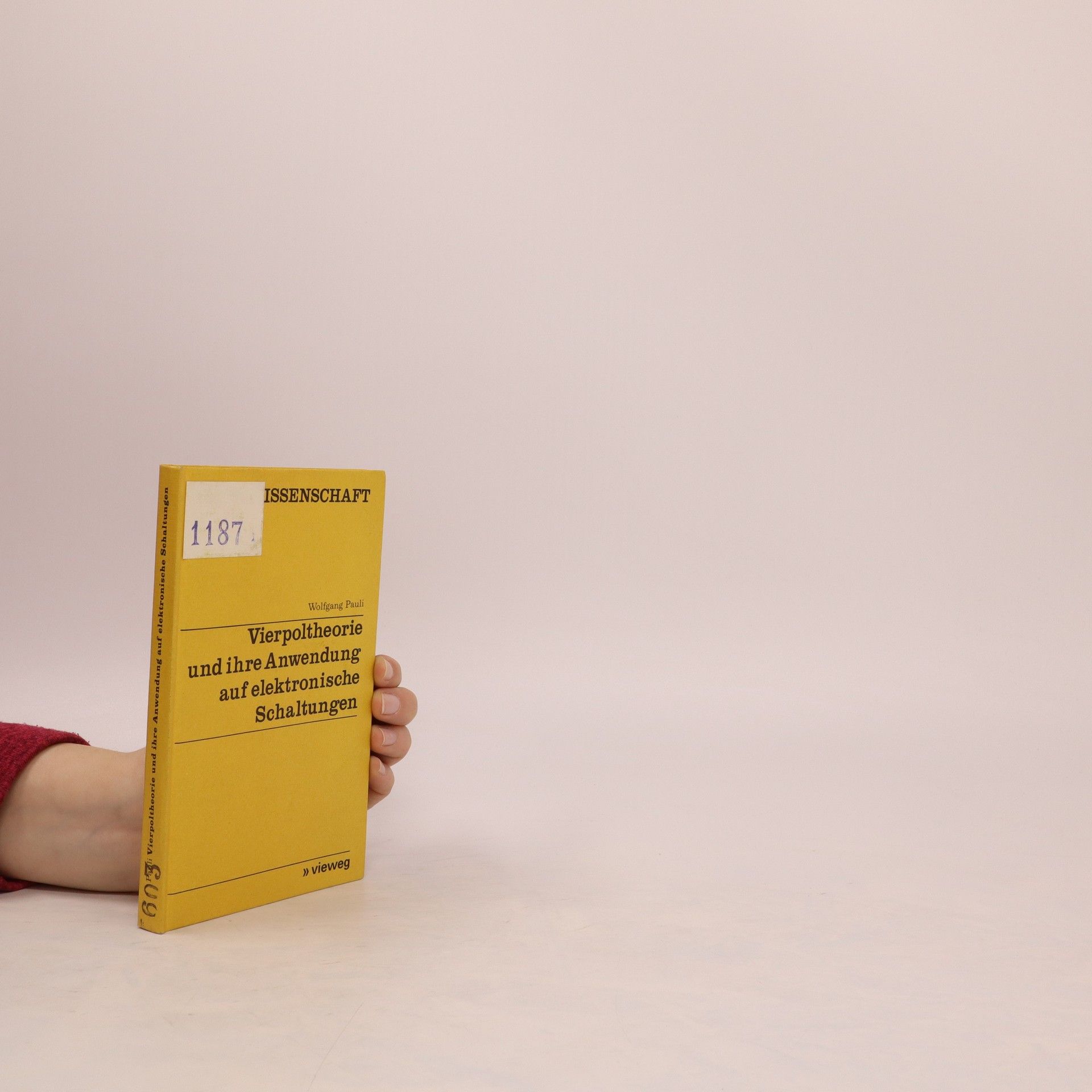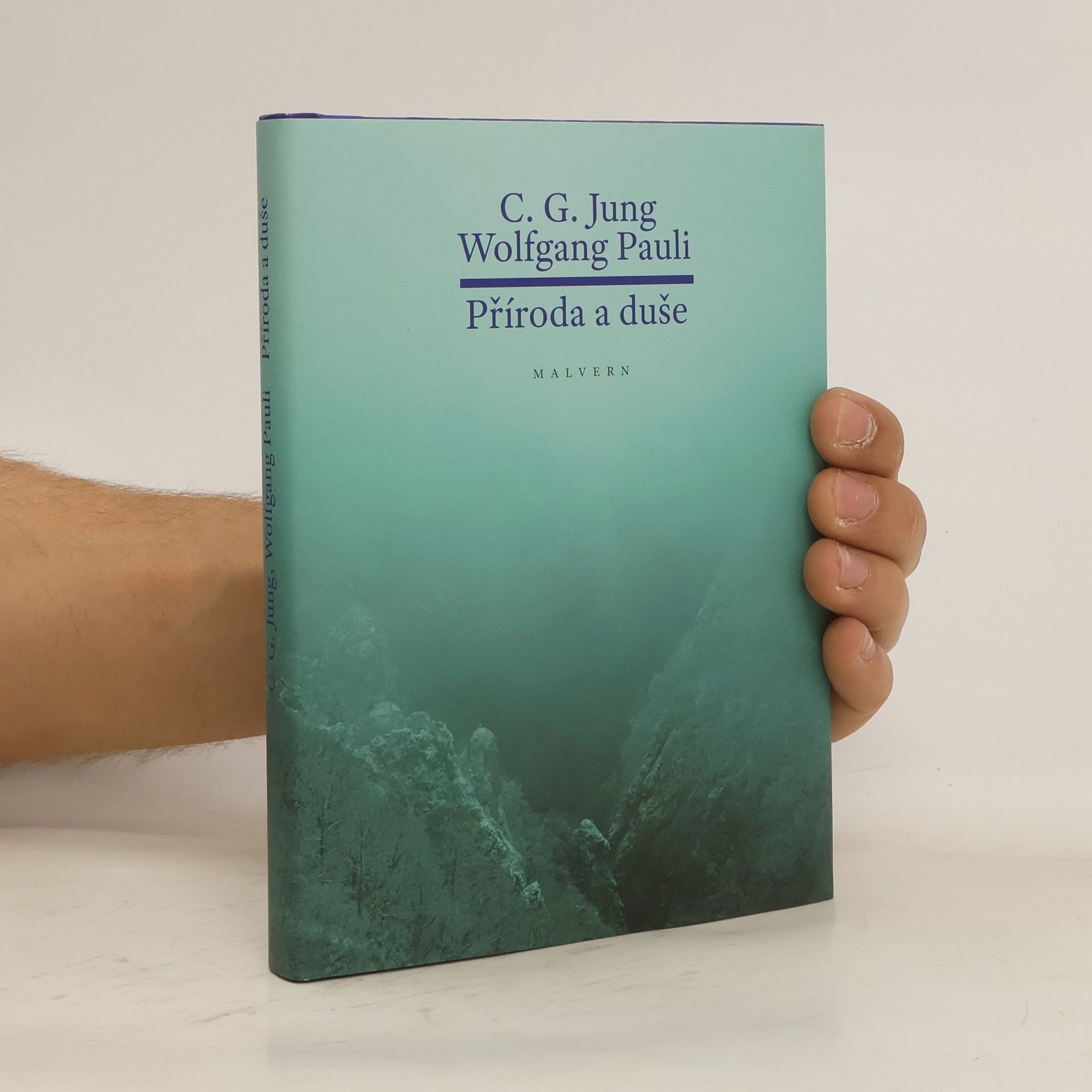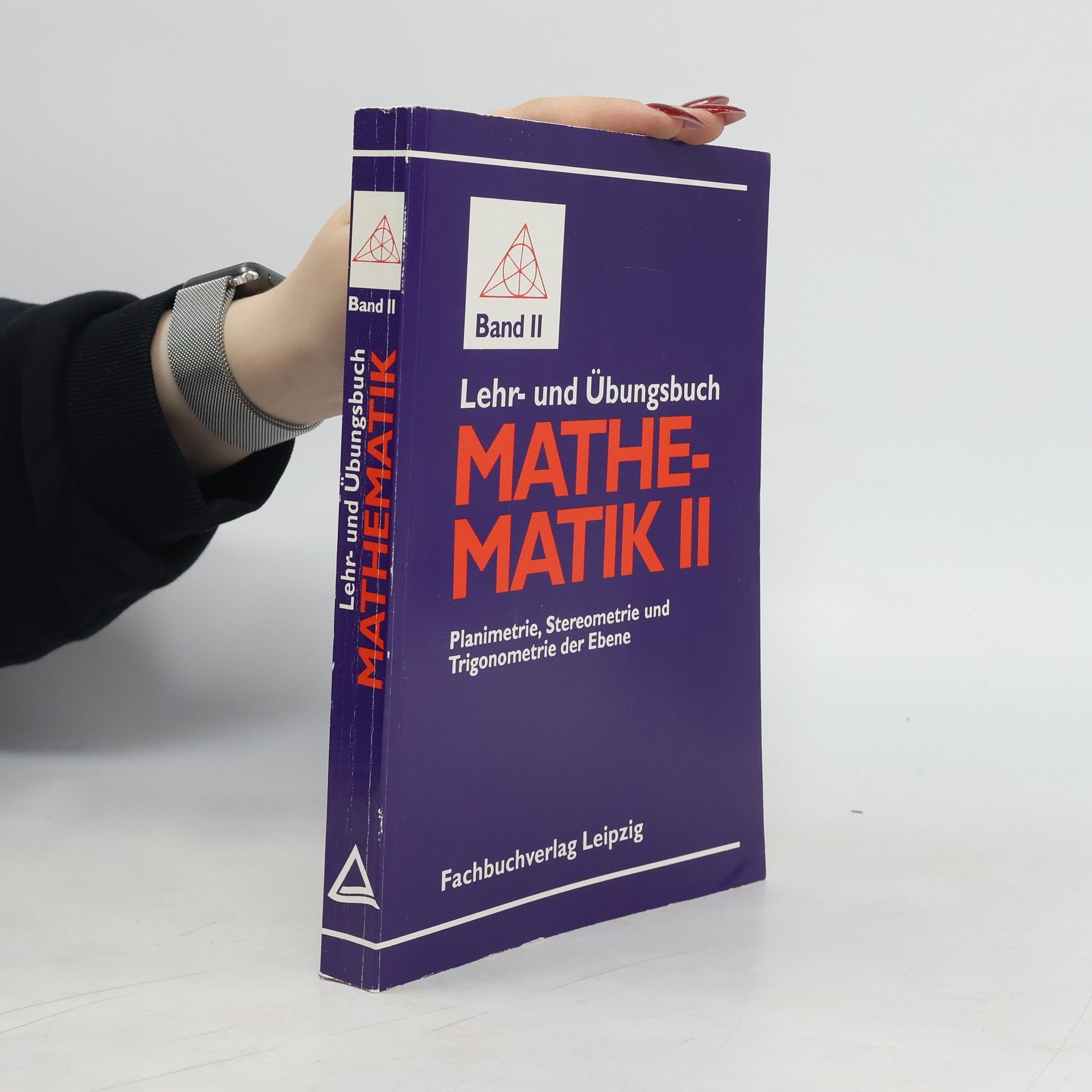Příroda a duše
- 200 pages
- 7 hours of reading
Carl Gustav Jung (1875–1961) a Wolfgang Ernst Pauli (1900–1958) jsou dvě významné postavy dvacátého století, jejichž spolupráce inspirovala řadu knih a studií. Výsledkem jejich paralelního a společného bádání je tato kniha z roku 1952, která se zaměřuje na propojení přírody a duše. Jungův příspěvek se věnuje konceptu synchronicity, kterou definuje jako časovou koincidenci dvou nebo více příčinně nespojených událostí s obdobným významem. Tímto tématem se zabýval od 30. let, přičemž jeho výzkum byl ovlivněn diskuzemi a korespondencí s Pauliem. Pauliho studie se zaměřuje na vliv archetypických představ na tvorbu přírodovědeckých teorií u Keplera, a zkoumá komplementaritu duše a přírody v jeho a Fluddově díle. V širším kontextu se zabývá spojením poznání s náboženským prožitkem prostřednictvím symbolů, které vyjadřují emoční stránku prožitku a jsou v živém vztahu s tehdejším souhrnem vědění. Pauli zdůrazňuje, že návrat k historickým obdobím, kdy byly vědecké pojmy cizí, může přinést důkaz o existenci symbolů, které mají jak náboženskou, tak přírodovědeckou funkci. Kniha je doplněna Pauliho esejí o vědě a myšlení západu.











